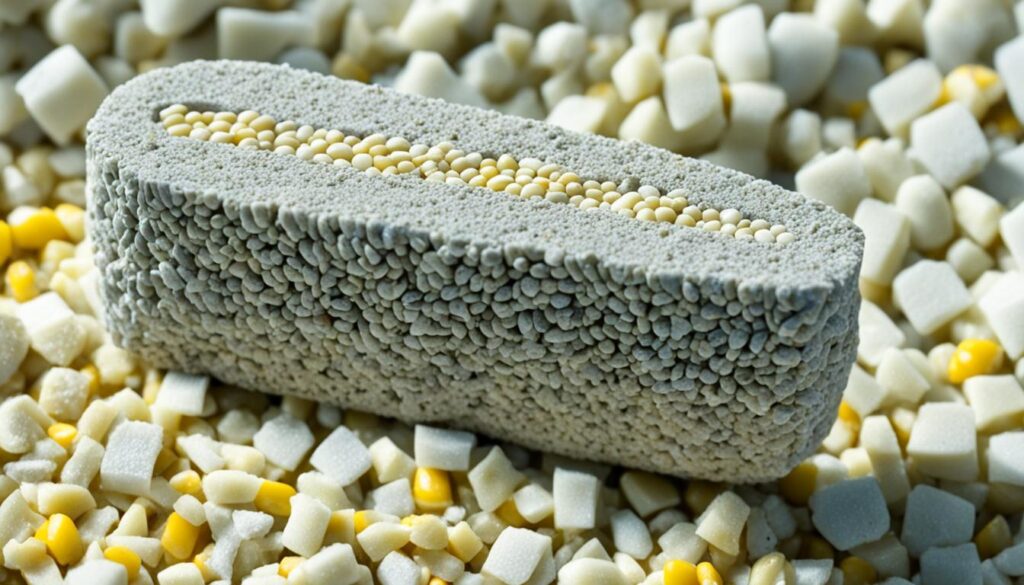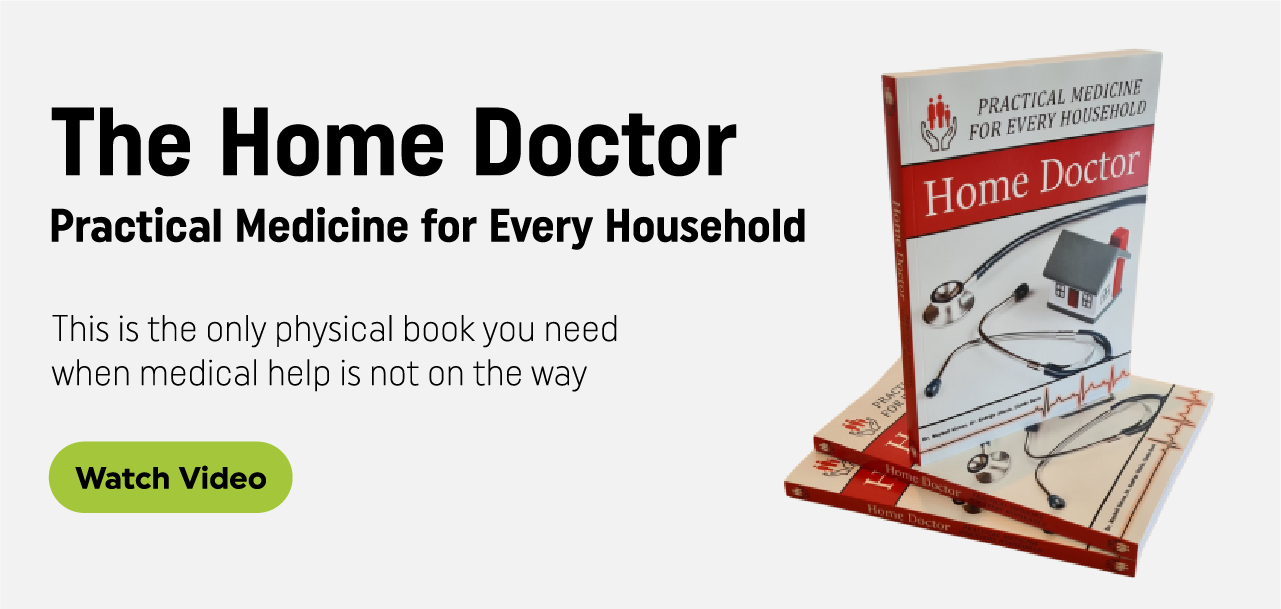Corns on your feet can be painful and cause discomfort while walking. They develop due to friction and pressure, often caused by ill-fitting shoes. While it’s important to consult a podiatrist for severe cases, there are several effective DIY techniques and home remedies for corn removal. Softening the corn with warm water soaks, moisturizing with vitamin E oil, and gently filing the corn are some simple yet effective methods for corn removal at home.
Key Takeaways:
- Consult a podiatrist for severe corn cases.
- Soak your feet in warm water to soften the corn.
- Moisturize the corn with vitamin E oil to aid in removal.
- Gently file the corn using a pumice stone or emery board.
- Consider natural remedies like baking soda, garlic, castor oil, onion juice, or lemon juice.
Soak Your Feet in Warm Water
Soaking your feet in warm water is a great technique to prepare for corn removal. The warm water helps to soften the hard, thick bump of dead skin, making it easier to remove the corn. Follow these steps for an effective warm water soak:
- Fill a tub or foot bath with warm water. Ensure that the water is comfortably warm, but not too hot.
- Place your feet in the water and soak them for about 10 minutes. Allow the warm water to relax your skin.
- For an extra soothing experience, you can add Epsom salts or a few drops of essential oils to the water. Lavender and tea tree oil are known for their calming properties.
- While soaking, gently massage your feet to further promote relaxation and enhance blood circulation.
- For large and old hard corns that are particularly stubborn, it may be necessary to soak your feet in warm water for a few days. This extended soaking period will fully soften the corn, making it easier to remove.
Remember to dry your feet thoroughly after the warm water soak to prevent any moisture-related issues. Now that your corns are softened, you’re ready to move on to the next step in the corn removal process.
“Soaking your feet in warm water softens the corn and prepares it for removal.”
Corn Removal Techniques: Before and After Soaking
| Before Soaking | After Soaking |
|---|---|
| Hard, thick bump of dead skin | Softened corn |
| Tough and difficult to remove | Easier to remove |
| Painful and uncomfortable | More comfortable |
The warm water soak plays a crucial role in preparing your corns for safe and effective removal. It helps to soften the corn, making it easier to remove without causing excessive pain or damage to the surrounding skin. By following this corn removal technique, you’ll be one step closer to achieving relief and comfort.
Continue reading to discover how moisturizing with vitamin E oil can further aid in the corn removal process.
Moisturize the Corn with Vitamin E Oil
Moisturizing the corn is an important step in the corn removal process. Applying vitamin E oil directly to the corn can help soften and moisturize the skin, making it easier to remove the corn.
You can purchase vitamin E capsules from the pharmacy and carefully break one open. Use a cotton swab to rub the oil on the corn before bedtime. Cover with a slip-on sock and let the vitamin E work overnight. Repeat this process until the corn softens or falls off.

File the Corn Gently
Once the corn is soft, it can be carefully filed using a pumice stone or an emery board. Start by soaking your feet in warm water or wiping them with a soap and water solution to cleanse the area. Then, gently file the corn using the pumice stone or emery board, making sure not to apply too much pressure. It’s important to be gentle to avoid causing pain or breaking the surrounding skin, which can lead to bleeding or infection. Use a fingernail file for corns in between toes.

Filing the corn is a critical step in the corn removal process. The pumice stone or emery board helps to gradually remove the layers of dead skin, reducing the size and thickness of the corn. It’s essential to ensure that the corn is adequately softened before filing to avoid excessive friction and potential injury. Remember, patience is key when filing the corn, as rushing the process can cause pain and irritation to the surrounding healthy skin.
When using a pumice stone or an emery board, start by gently rubbing it back and forth across the corn. Take care to apply light pressure and avoid aggressive, sawing motions that can damage the skin. Slowly and consistently file the corn until you achieve a smooth and even surface. Remember to regularly pause and assess your progress to avoid over-filing. The goal is to gradually reduce the size of the corn without causing any discomfort or harm.
For corns located between the toes, it’s best to use a soft fingernail file. This gentle and precise tool allows for targeted filing in hard-to-reach areas. Apply the same principles of light pressure and gradual filing when treating corns in this sensitive location.
After filing the corn, be sure to clean the area thoroughly and moisturize the skin. This helps to keep the skin soft and prevent any potential irritation from the filing process. Additionally, it’s essential to wear comfortable, well-fitting shoes that do not exert excessive pressure or friction on the affected area. This will help prevent the corn from recurring or worsening.
Home Remedies for Corn Removal
When it comes to corn removal, natural remedies can be an effective and accessible solution. Let’s explore some popular home remedies that can help soften and remove corns.
Baking Soda
Baking soda is a versatile ingredient known for its exfoliating properties. It can help remove dead skin and soften corns. Create a paste by mixing baking soda with water and apply it directly to the affected area. Leave it on for a few minutes before rinsing off with warm water. Repeat this process daily until the corn softens and becomes easier to remove.
Garlic
Garlic offers not only culinary benefits but also healing and antifungal properties that can aid in corn removal. Crush a few garlic cloves to extract the juice and apply it directly to the corn. Cover the area with a bandage or cloth and leave it overnight. In the morning, rinse the area with warm water. Repeat this process regularly to see results.
Castor Oil
Castor oil is well-known for its healing properties and can be effective in treating various skin conditions, including corns. Apply a small amount of castor oil to the corn and gently massage it into the skin. Cover the area with a bandage or cloth and leave it overnight. Repeat this process daily until the corn softens and can be easily removed.
Onion Juice
Onion juice has natural properties that can help neutralize infections and soften corns. Extract onion juice using a blender or grater and apply it directly to the corn. Cover the area with a bandage or cloth and leave it overnight. Rinse the area with warm water in the morning. Repeat this process regularly until the corn softens or falls off.
Lemon Juice
Lemon juice is known for its anti-inflammatory and pain-relieving properties. It can provide relief from corn-related discomfort. Squeeze fresh lemon juice and apply it directly to the corn. Leave it on for a few minutes before rinsing off with warm water. Repeat this process daily until the corn softens and can be easily removed.
These natural remedies can be a great starting point for corn removal at home. However, it’s important to note that everyone’s skin may react differently to these remedies. If you experience any adverse reactions or if the corn persists, it’s best to consult a healthcare professional for further evaluation and treatment options.
Remember to prioritize comfort and proper footwear to prevent corns from forming in the future.
Over-the-Counter Treatment Options
If home remedies for corn removal do not provide the desired results, there are over-the-counter (OTC) treatment options available. These OTC treatments can help effectively address corns and alleviate pain. Two common OTC products used for corn removal are salicylic acid pads and medicated lotions.
Salicylic acid pads are adhesive pads that contain salicylic acid, a keratolytic agent that helps break down the layers of dead skin cells in the corn. These pads are typically applied directly to the affected area and left on for a specified period of time, as indicated on the product packaging. Salicylic acid pads gradually soften the corn, making it easier to remove or file down.
Medicated lotions are another option for OTC corn removal. These lotions often contain ingredients such as ammonium lactate or urea, which help exfoliate the corn by softening and loosening the thickened skin. These lotions are generally applied to the corn multiple times a day, following the instructions provided by the manufacturer.
It’s important to carefully read and follow the instructions on the packaging of salicylic acid pads and medicated lotions. If you experience any signs of irritation or allergic reaction, discontinue use immediately and consult a healthcare professional.
If you have diabetes or poor circulation, it is crucial to consult a healthcare professional before using these OTC treatments. They can provide guidance on whether these products are suitable for your specific condition and offer personalized recommendations.
Conclusion
In conclusion, corn removal at home can be an effective and accessible solution for treating corns and alleviating discomfort. By incorporating safe corn removal techniques into your routine, you can achieve positive results. Soaking your feet in warm water, moisturizing with vitamin E oil, and gently filing the corn are simple yet effective methods for corn removal. It is crucial to be gentle during the process and avoid applying excessive pressure or filing to prevent further damage to the skin.
If home remedies and over-the-counter treatments do not provide the desired relief, it is recommended to consult a podiatrist, particularly for severe cases or underlying foot conditions. Their expertise can help address the issue more effectively and prevent any potential complications. Additionally, prioritizing comfort and wearing proper footwear is essential in preventing the formation of corns in the future.
By following these corn removal tips and utilizing safe corn removal techniques, you can effectively manage and treat corns at home, improving your foot health and overall well-being.


